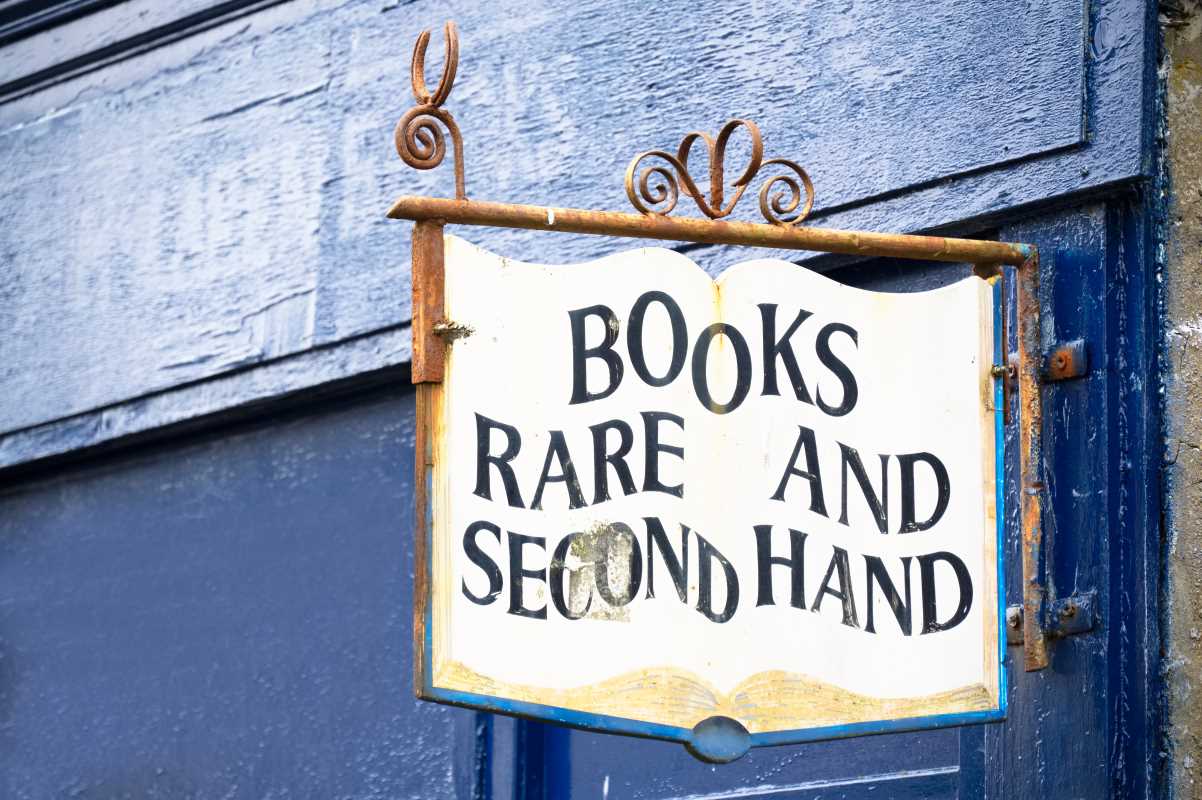Imagine a world without modern roads or airplanes, where goods traveled across deserts, mountains, and oceans on the backs of camels or inside wooden ships. This may sound like something out of an adventure novel, but centuries ago, ancient trade routes were the lifelines of the world. These routes didn’t just move silk, spices, and gold; they carried ideas, art, and cultures between distant civilizations.
Even in a time without social media or smartphones, people found ways to connect across vast distances. From the intricate patterns of Persian rugs to the elaborate carvings of Chinese jade, art styles traveled thousands of miles, becoming part of faraway cultures. These trade routes helped shape the way the world looks today, leaving a legacy that goes far beyond material goods.
By exploring key trade routes like the Silk Road, the Trans-Saharan routes, and the Spice Trade networks, we can better understand how the movement of goods helped spread art, technology, and traditions from one corner of the globe to another.
The Silk Road: A Highway of Art and Ideas
The Silk Road is one of the most famous ancient trade routes in history. It wasn’t a single road but rather a network of paths that stretched from China to the Mediterranean. For over a thousand years, these pathways carried silk, spices, and other precious goods between Asia, the Middle East, and Europe.
The Role of Silk in Cultural Exchange
Silk was so important to this trade network that the route itself was named after it. The fabric’s shimmering beauty fascinated people across the world, and it became a symbol of wealth and sophistication. Beyond being a luxury item, silk also acted as a carrier of art and design. For example, Chinese silk garments often featured intricate embroidery and patterns that were inspired by nature or mythology. When these fabrics reached the Middle East or Europe, local artisans started incorporating similar motifs into their own work.
The Spread of Religious Art
The Silk Road wasn’t just a marketplace for goods; it was also a pathway for ideas, especially religious beliefs. Buddhism, for instance, spread from India into China and beyond along these trade routes. Buddhist monks traveled with merchants, carrying not only their teachings but also religious art like statues and paintings.
One famous example of this cultural blending is the art found in the Mogao Caves in China. These caves, located near the Silk Road, are filled with stunning Buddhist murals that show influences from multiple cultures. Some of the figures depicted have elements of Indian, Persian, and Greek styles.
Technologies and Techniques
The Silk Road also carried artistic techniques that revolutionized the way art was created. For example, paper-making, which originated in China, spread westward through these routes. This invention eventually reached Europe and transformed how books and artwork were produced.
The Trans-Saharan Trade Routes
Heading south, the Trans-Saharan trade routes connected North Africa with the vast sub-Saharan regions. These routes allowed trade caravans to cross the Sahara Desert, bringing goods like gold and salt between regions. But the exchange wasn’t just about raw materials; it also included art, music, and cultural practices.
The Spread of African Art and Music
Sub-Saharan Africa has a deep history of vibrant art forms, from carved wooden masks to rhythmic music made with djembe drums. The trade routes helped these forms of expression reach North Africa, where they blended with Islamic artistic traditions.
For example, in cities like Timbuktu, a major stop on these trade routes, you could find a mix of African and Arabic artistic styles. Mosques in the region often feature geometric designs that reflect Islamic influence, combined with local techniques using clay and wood.
Architecture as Cultural Fusion
One of the most striking examples of cultural exchange along the Trans-Saharan routes is the architecture of West Africa. The Great Mosque of Djenné, located in present-day Mali, is a UNESCO World Heritage Site and a masterpiece of Sudano-Sahelian architecture. While rooted in local traditions, the mosque also incorporates ideas brought by Muslim traders from North Africa. Its unique design reflects the blending of these cultures into something entirely new.
The Spice Routes of the Indian Ocean
The Spice Routes ran through the Indian Ocean, connecting the cultures of Asia, Africa, and the Middle East. These sea routes were dominated by spices like cinnamon, cloves, and pepper, which were highly valued in Europe. But this trade network also carried art styles and traditions across continents, leading to fascinating cultural exchanges.
The Influence of Indian Textiles
India’s influence along the Spice Routes can be seen in the spread of its textiles. Brightly colored fabrics with intricate patterns were a hit across Asia and the Middle East. The use of block printing, a technique perfected in India, became widely adopted in regions linked by these trade routes.
For example, Indian fabrics often featured floral or geometric designs, which were adapted by weavers in regions as far away as Indonesia. These artistic elements had lasting impacts on textile design worldwide.
Cross-Cultural Designs in Pottery
Trade along the Spice Routes also influenced the designs found in pottery and ceramics. Chinese porcelain, famous for its delicate patterns, often ended up in the Middle East, where local artisans began blending these styles with their own traditions. The result was the creation of Islamic pottery that combined Chinese motifs, such as dragons or lotus flowers, with Arabic calligraphy and geometric patterns.
The Role of Trade in Shaping Identity
These ancient trade routes didn’t just transport goods and ideas; they also helped shape cultural identities. Over time, the blending of art styles, religious symbols, and traditions from different regions created entirely new forms of expression.
A Legacy of Shared Creativity
For example, the iconic Persian carpet often features patterns and techniques that originated from varied regions
 (Image via
(Image via





